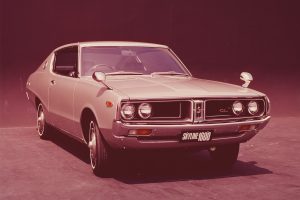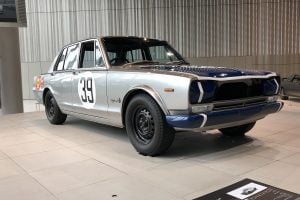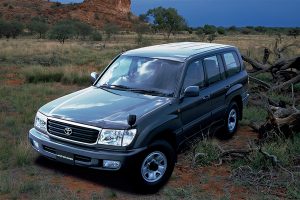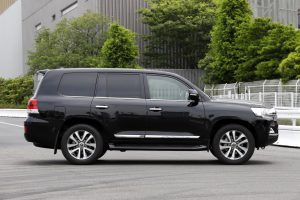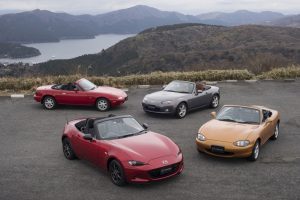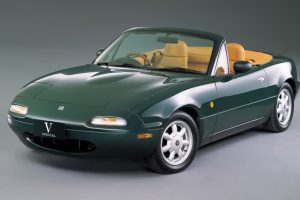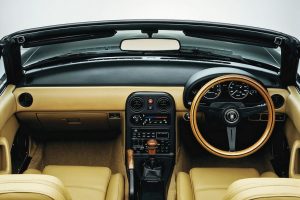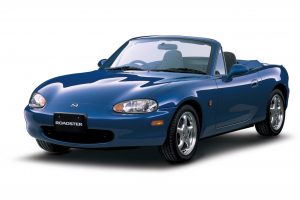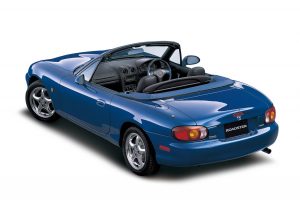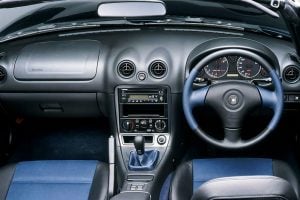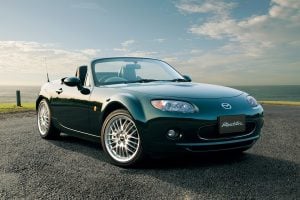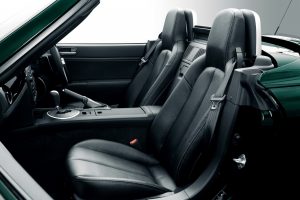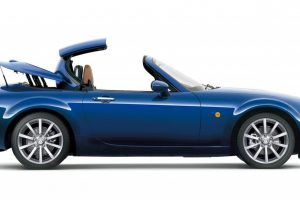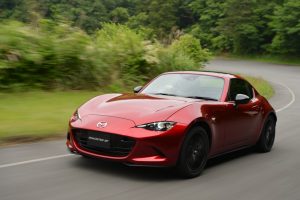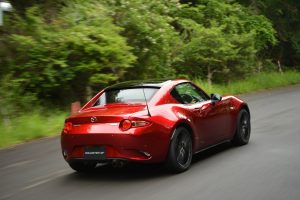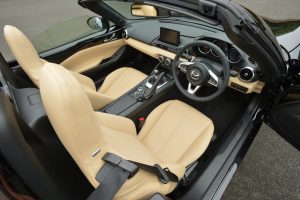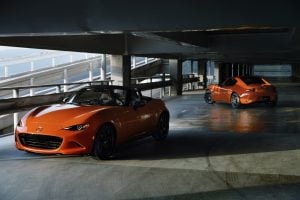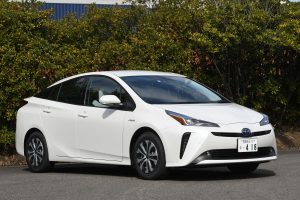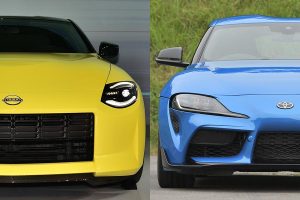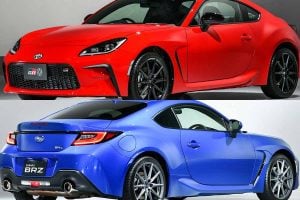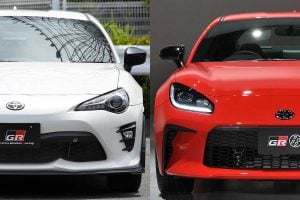A light-weight open born in Hiroshima
Mazda MX-5
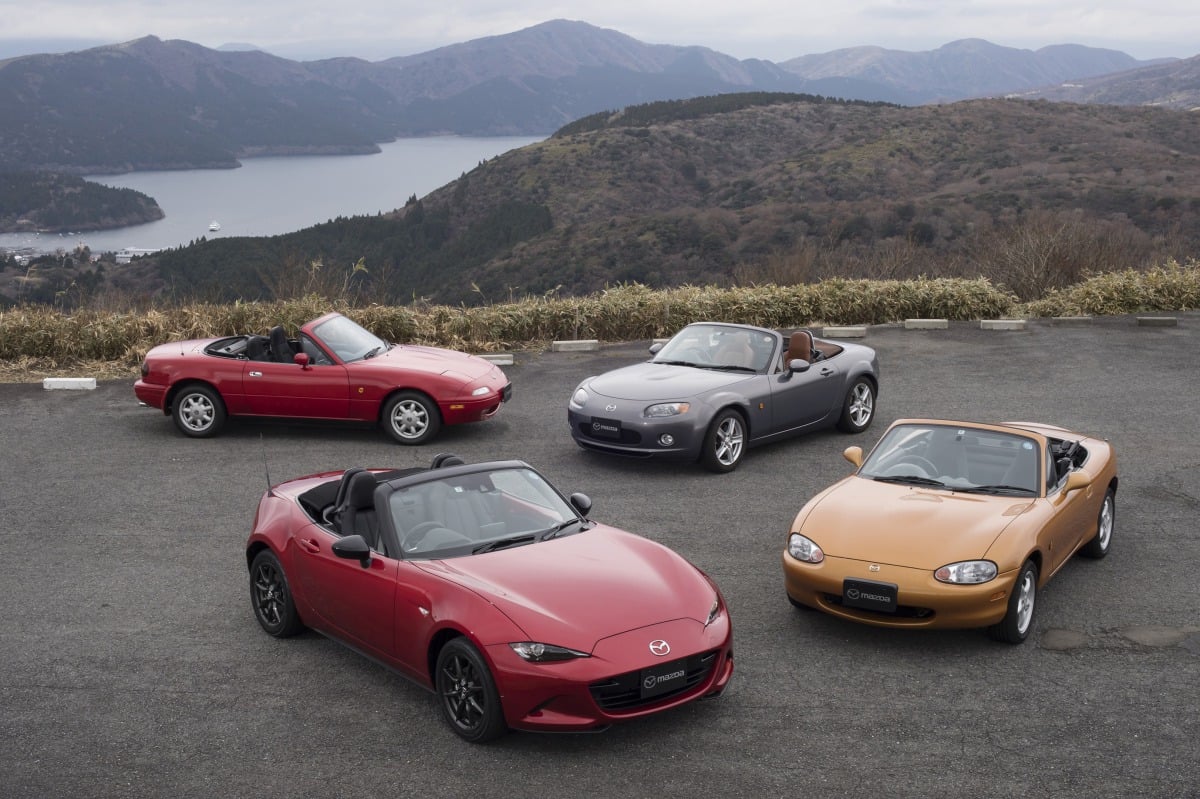
Since its launch in 1989, Mazda has sold more than 1 million units for the MX-5 (or Roadster in Japan). The car has won many fans in both Japan and worldwide.
The first-generation MX-5 is the NA. It was sold in Japan under the Eunos brand, which was one of Mazda’s sales divisions at the time, and was called the Eunos Roadster.
Its front-end design, with retractable headlights, is a motif to the traditional Japanese Noh mask.
The introduction of the Roadster is said to have ignited the popularity of lightweight sports cars, which were on the wane at the time.
In 1998, the second-generation NB model was introduced. Major updates included changes to the front design, which adopted fixed lights instead of retractable. And in addition to the same 1.8-liter engine as the previous generation, a 1.6-liter model, which Mazda discontinued in the NA with the 1993 update, was also revived.
The NC, which is the third-generation, was introduced in 2005. With now having a bigger body size and a 2-liter engine, the vehicle classification in Japan was changed from a 5-number size (body smaller than 4700 mm x 1700 mm x 2000 mm, engine displacement under 2000 cc) to a 3-number size.
Mazda introduced the current generation, the ND, in May 2015. The car returned to its roots as a lightweight sports car, and its size was reduced. Its engine has also been reduced to 1.5 liters, which became the smallest in its history.
※ ※ ※
In addition to the models introduced here, there are other Japanese cars that are famous worldwide. The Suzuki Jimny was first introduced in 1970 as Suzuki’s full-fledged 4WD vehicle. In 2018, the car was fully remodeled for the first time in 20 years to launch the fourth generation.
Just like the Land Cruiser, the Jimny is also a popular vehicle among fans around the world due to its reliability, including high rough-road driving performance and difficulty in breaking down.
Another model with a shorter history than the aforementioned cars, but one that made a worldwide impact, is the Toyota Prius, the world’s first mass-produced hybrid vehicle.
The second-generation model, in particular, was driven by famous celebrities as a way to appeal to their eco-friendliness. This succeeded in planting the image of “eco-friendly” to the car, and the Prius became a popular car worldwide.



